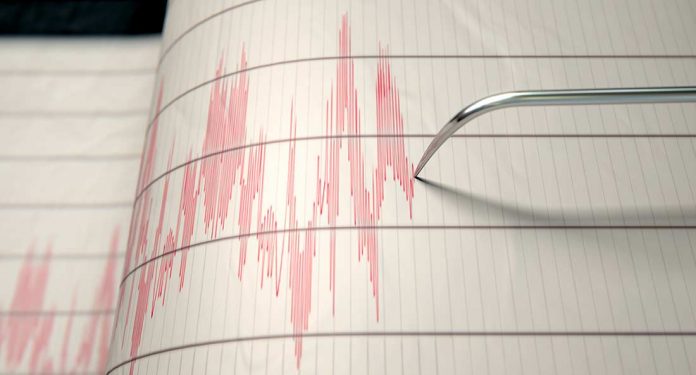All it took was 15 seconds on Oct. 17, 1989 at 5:04 p.m. to forever alter the course of California’s future.
The 6.9-magnitude Loma Prieta Earthquake killed 63 people and injured nearly 4,000 others, and was estimated to cause nearly $6 billion in damages state-wide.
Even now, 30 years later, the scars remain. Loved ones lost in the temblor have devastated the affected families, and cities across the state are still attempting to fully rebuild.
But those living in California know that such an incident is not a freak occurrence, and especially here in San Benito County, most residents live less than 10 miles from a major fault that has catastrophic potential. According to the United States Geological Survey, the probability that a 6.7-magnitude or greater earthquake will strike the San Francisco Bay region is 72 percent from now to 2043.
We cannot predict when the next major earthquake will hit before it is too late. We can, however, prepare for whatever comes.
Numerous resources are available for those looking to prepare for the worst. The Department of Homeland Security’s disaster preparedness website (ready.gov) provides substantial information for residents on what to do before, during and after an earthquake.
Make a plan
San Benito County residents are advised to sign up for the free CodeRed app, which provides emergency alerts to cell phones, mobile devices, landlines and email. The app also provides instructions on where to go or what resources are available during a disaster.
Make a family emergency plan: What should you do if you need to evacuate your home?
Emergency supply kits should also be placed in an easily accessible location and be filled with items such as first aid supplies, flashlights, copies of important documents including birth certificates, a water bottle and more.
Secure your space
Homes also need to be prepped.
- Secure your space by identifying hazards and securing moveable items. Don’t be afraid to ask others for help.
- Move heavy or large items, such as potted plants or large speakers to the floor or low shelves.
- Move things that can fall on you away from anywhere you spend a lot of time (bed, couch, desk).
- Move heavy unstable objects away from doors and escape routes.
- Secure water heater to the wall studs with two metal straps. (Average cost $20)
- Secure (or brace) electronic items such as computers and TVs with straps. (Average cost $15)
- Hang mirrors and pictures on closed hooks. (Average cost $2 per hook)
- Secure top-heavy furniture and appliances to wall studs. (Average cost $12)
- Secure small items on shelves with museum wax. (Average cost for tub of wax $10)
- Install latches on kitchen cabinets. (Average cost $8)
During an earthquake
Earthquakes begin abruptly and have no specific timeframe.
If you are inside a building:
- Immediately drop to the ground—cover your head and shoulders with your hands and crawl under a sturdy desk or table and hold on until the shaking stops. Remember: Drop – Cover – Hold on.
- If no sturdy shelter is nearby, crawl away from windows, next to an interior wall.
- Stay away from glass, windows, outside doors and walls, and anything that could fall, such as light fixtures or furniture.
- Stay where you are until the shaking stops. Do not run outside. Do not get in a doorway as this does not provide protection from falling or flying objects, and you may not be able to remain standing.
- If you are in bed: Stay there and cover your head and neck with a pillow. At night, hazards and debris are difficult to see and avoid; attempts to move in the dark result in more injuries than remaining in bed.
If you are in a wheelchair:
- Lock your wheels, bend over and remain seated until the shaking stops. Protect your head and neck with your arms, a pillow, a book, or whatever is available.
If you are outdoors:
- Move away from buildings, streetlights and utility wires. Once in the open, “Drop, Cover and Hold On.” Stay there until the shaking stops.
If you are in a moving vehicle:
- Stop as quickly and safely as possible and stay in the vehicle. Avoid stopping near or under buildings, trees, overpasses and utility wires. Proceed cautiously once the earthquake has stopped. Avoid roads, bridges or ramps that the earthquake may have damaged.
After an earthquake
- When the shaking stops, look around. If the building is damaged and there is a clear path to safety, leave the building and go to an open space away from damaged areas.
- If you are trapped, do not move about or kick up dust.
- If you have a cell phone with you, use it to call or text for help.
Be prepared to “Drop, Cover and Hold On” in the likely event of aftershocks.
For more tips and information on how to be prepared for the next major earthquake, visit ready.gov.










